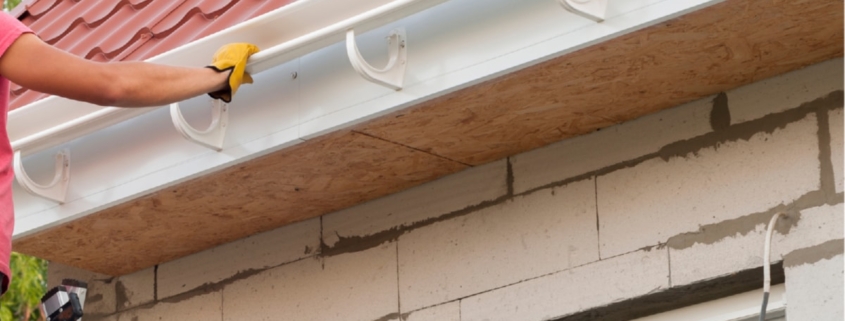Exploring the Relationship Between Architecture and Construction 2813
With the escalating urgency of climate change, the construction industry is undergoing a significant transformation towards greener practices. The next generation of construction is characterized by advancements in green building, offering a sustainable future.
A notable shift in sustainable construction is the increasing use of renewable resources. These materials, which include bamboo, recycled steel, and straw bales, are sustainable, have a lower environmental impact, and can often be more cost-effective than traditional materials.
Another trend is the introduction of energy-efficient systems. These include solar panels, green roofs, and high-efficiency windows, which not only reduce energy consumption but also lower utility bills. Moreover, these systems enhance the indoor environmental quality.
In addition, there’s a growing trend towards the use of green insulation. Made from recycled materials like denim or sheep’s wool, this type of insulation not only decreases energy use and helps to reduce waste.
Lastly, one of the most exciting advancements in green building is the development of eco-friendly concrete. This type of concrete is made by replacing a portion of traditional cement with fly ash, slag cement, or silica fume, thereby lowering CO2 emissions during manufacture.
The future of construction is without a doubt green. With the adoption of renewable materials, energy-efficient systems, green insulation, and eco-friendly concrete, builders are not only lowering their environmental impact, but also promoting healthier and more sustainable buildings. These advancements in sustainable construction are paving the way for a greener future, one building at a time.
For more details, check best Chimney Services Dublin or visit their Chimney Repairs Service business listing here.



